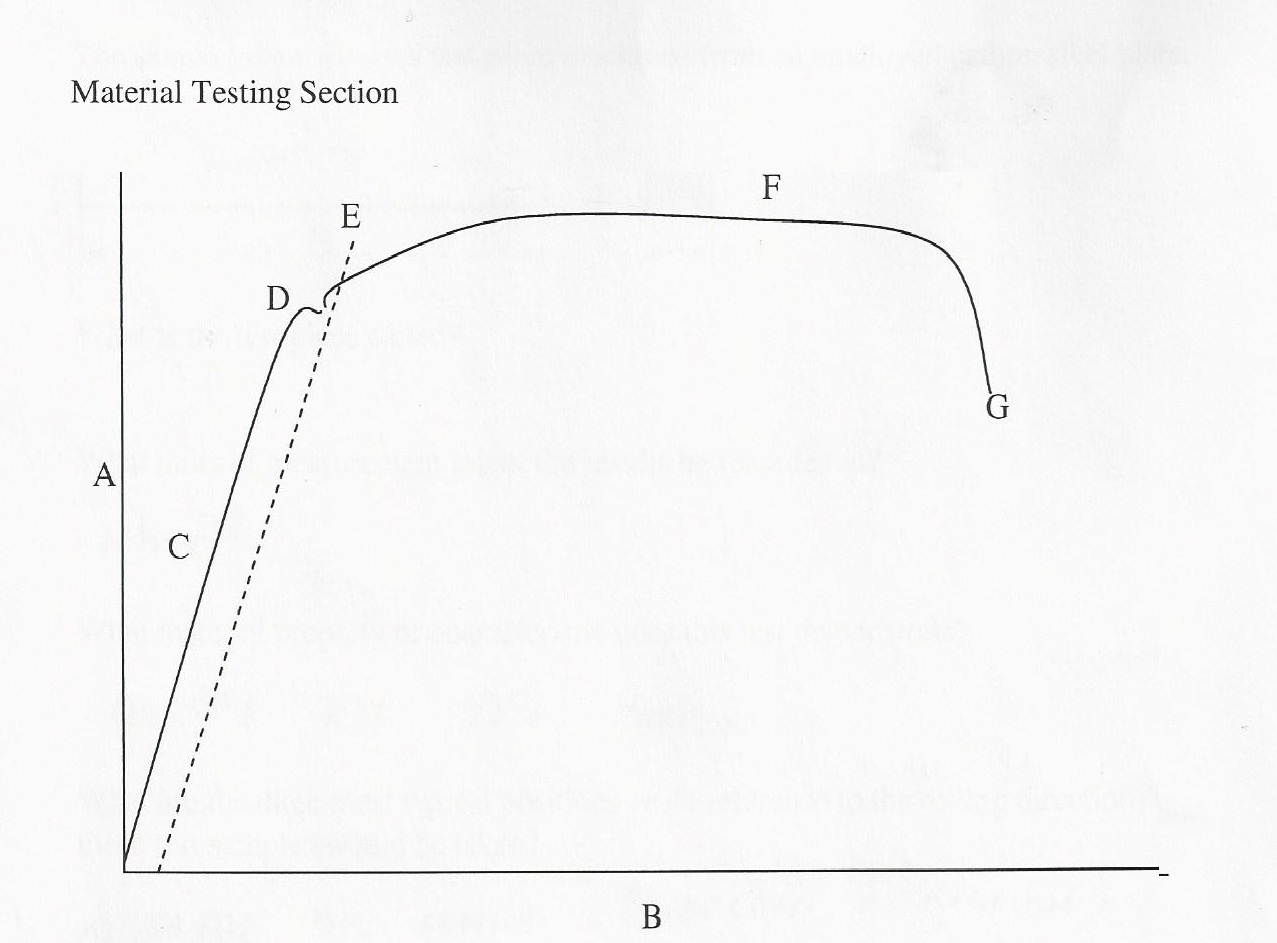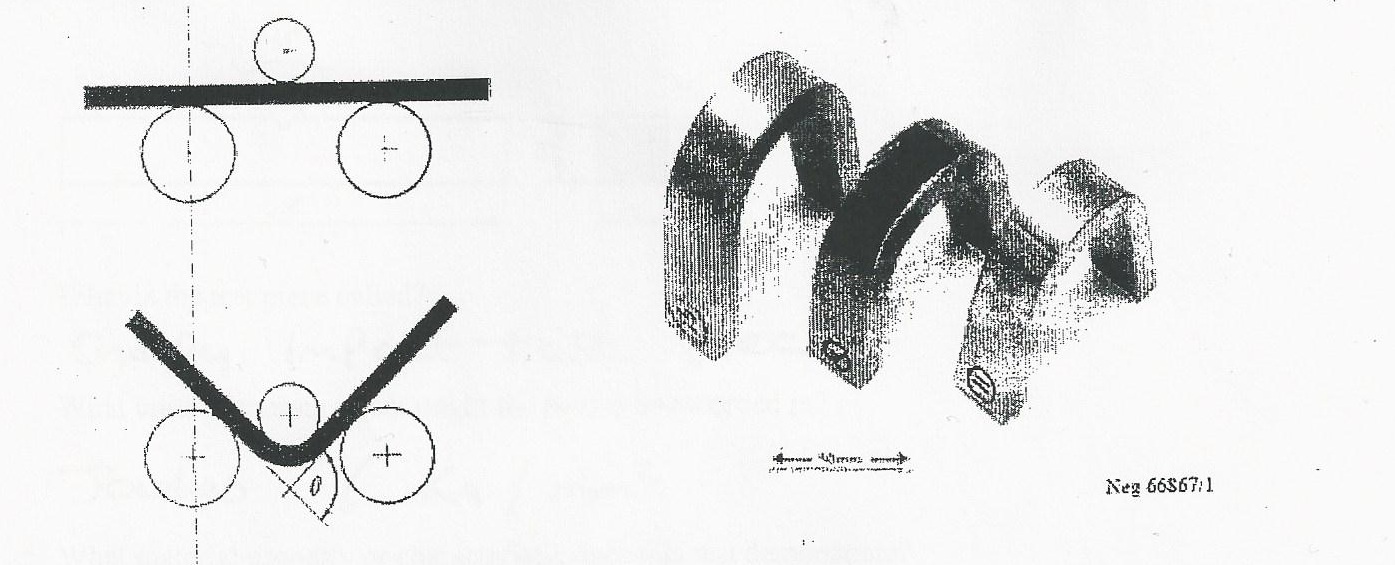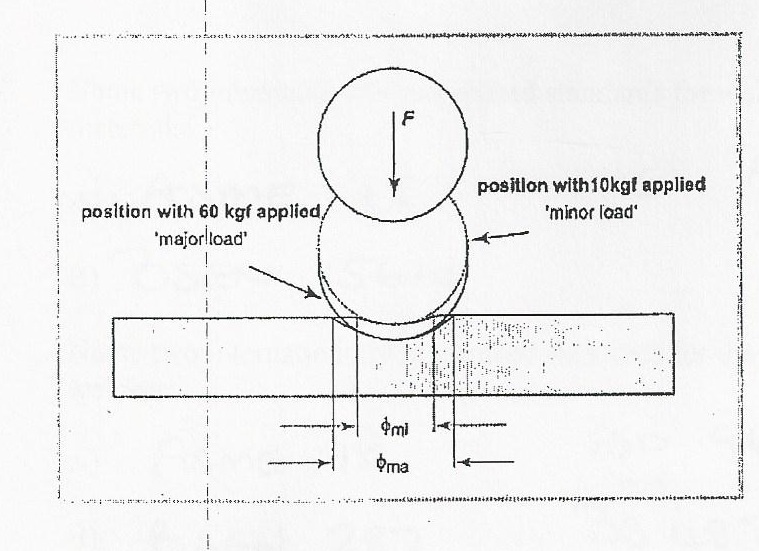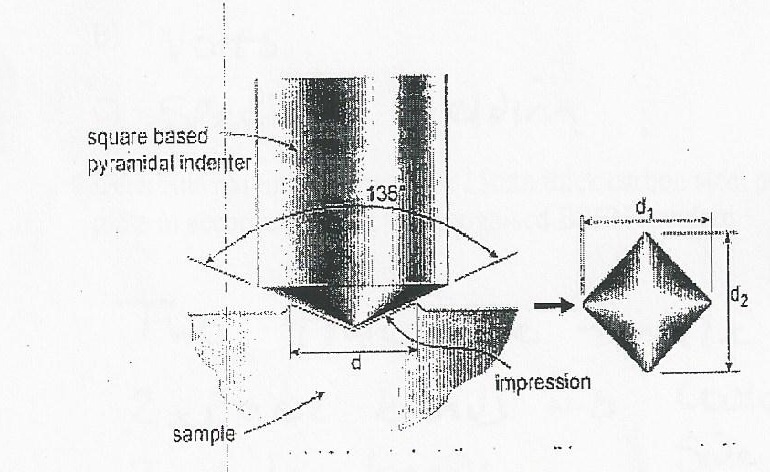Information
-
Technical Interview Assessment Paper
-
Candidate's Name
-
Date
-
Manager
-
Location
Materials
-
Materials section please attempt all questions
-
Diagram
-
What does position A indicate?
- Stress
- Strain
- Ultimate tensile strength
- Breaking load
- Linear Elastic Region
- 0.2% Offset
-
What does position B indicate?
- Stress
- Strain
- Ultimate tensile strength
- Breaking load
- Linear Elastic Region
- 0.2% Offset
-
What does position C indicate?
- Stress
- Strain
- Ultimate tensile strength
- Breaking load
- Linear Elastic Region
- 0.2% Offset
-
What does position D indicate?
- Stress
- Strain
- Ultimate tensile strength
- Breaking load
- Linear Elastic Region
- 0.2% Offset
-
What does position E indicate?
- Stress
- Strain
- Ultimate tensile strength
- Breaking load
- Linear Elastic Region
- 0.2% Offset
-
What does position F indicate?
- Stress
- Strain
- Ultimate tensile strength
- Breaking load
- Linear Elastic Region
- 0.2% Offset
-
What does position G indicate?
- Stress
- Strain
- Ultimate tensile strength
- Breaking load
- Linear Elastic Region
- 0.2% Offset
-
Points D, E and F are typically measured in numerical values, please identify what units of measurement you would typically see. Imperial and metric are acceptable.
Welding
-
Welding section (please attempt all questions)
-
What do the following process acronyms stand for?
-
TIG
- Stress
- Strain
- Ultimate tensile strength
- Breaking load
- Linear Elastic Region
- 0.2% Offset
-
MIG
- Tungsten inert gas
- Metal inert gas
- Manual Metal Arc Welding
- Sub-Merged Arc Welding
- Flux-Cored Arc Welding
- Pulsed Arc Welding
- Oscillating Arc Welding
-
MAG
- Tungsten inert gas
- Metal inert gas
- Manual Metal Arc Welding
- Sub-Merged Arc Welding
- Flux-Cored Arc Welding
- Pulsed Arc Welding
- Oscillating Arc Welding
-
MMAW
- Tungsten inert gas
- Metal inert gas
- Manual Metal Arc Welding
- Sub-Merged Arc Welding
- Flux-Cored Arc Welding
- Pulsed Arc Welding
- Oscillating Arc Welding
-
SAW
- Tungsten inert gas
- Metal inert gas
- Manual Metal Arc Welding
- Sub-Merged Arc Welding
- Flux-Cored Arc Welding
- Pulsed Arc Welding
- Oscillating Arc Welding
-
FCAW
- Tungsten inert gas
- Metal inert gas
- Manual Metal Arc Welding
- Sub-Merged Arc Welding
- Flux-Cored Arc Welding
- Pulsed Arc Welding
- Oscillating Arc Welding
-
PAW
- Tungsten inert gas
- Metal inert gas
- Manual Metal Arc Welding
- Sub-Merged Arc Welding
- Flux-Cored Arc Welding
- Pulsed Arc Welding
- Oscillating Arc Welding
-
O-AW
- Tungsten inert gas
- Metal inert gas
- Manual Metal Arc Welding
- Sub-Merged Arc Welding
- Flux-Cored Arc Welding
- Pulsed Arc Welding
- Oscillating Arc Welding
-
Name two internationally recognised standards for weld procedure testing of metallic materials
-
Name two internationally recognised standards for weld qualification testing of welders
-
In order to determine the heat input in a fusion weld, what are the main parameters that would have to be measured during the test?
Welding 2
-
Welding page 2
-
Detail the testing for a 15mm thick carbon steel procedure qualification test plate in accordance with the recognised BSEN standard. Tick the testing applicable in the multiple choice answers please.
- Face Bends x2
- Side bends x4
- Root bends x 2
- Face bends x 4
- Side Bends x 2
- Transverse tensile tests x 2
- Macro test
- Hardness Survey
- Radiographic testing
- Utrasonic testing
- MPI
- DPI
- Drop Test
- Impact testing
- Through thickness testing
- Side bends can be substituted for thickness over 12mm
Destructive Testing
Destructive testing section
-
Diagram
-
What is the test piece called
-
What material properties does this test demonstrate?
-
What are the three most typical positions (with reference to the rolling direction) that these test samples would be taken?
-
How many test pieces are typically required to provide one set?
-
If the test were performed at room temperature and then again at minus 50 degrees C, what would the results typically be?
-
Diagram
-
What is this test called?
-
What material property or characteristic does this test indicate?
-
If the test was to break or tear apart what might this indicate?
-
With reference to the rolling direction of the plate, in what direction would you expect this test to be cut?
Destructive page 2
Destructive Testing
-
Identify the test
-
What test is this called?
-
Identify the test
-
What test is this called?
-
Identify the test
-
What test is this called?
Directives
Directives
-
Do you know what the acronym PED stands for
-
Do you know what the acronym TPED stands for?
-
Do you know what a harmonised standard is?
-
Do you know what ASME stands for?
NDE
NDE Section
-
Please identify the acronyms
-
PT
- Penetrant Testing
- Magnetic Particle Testing
- Radiographic Testing
- Ultrasonic Testing
- Visual Inspection
- Radiographic Intepretation
-
MT
- Penetrant Testing
- Magnetic Particle Testing
- Radiographic Testing
- Ultrasonic Testing
- Visual Inspection
- Radiographic Intepretation
-
RT
-
UT
-
RI
-
VI

















